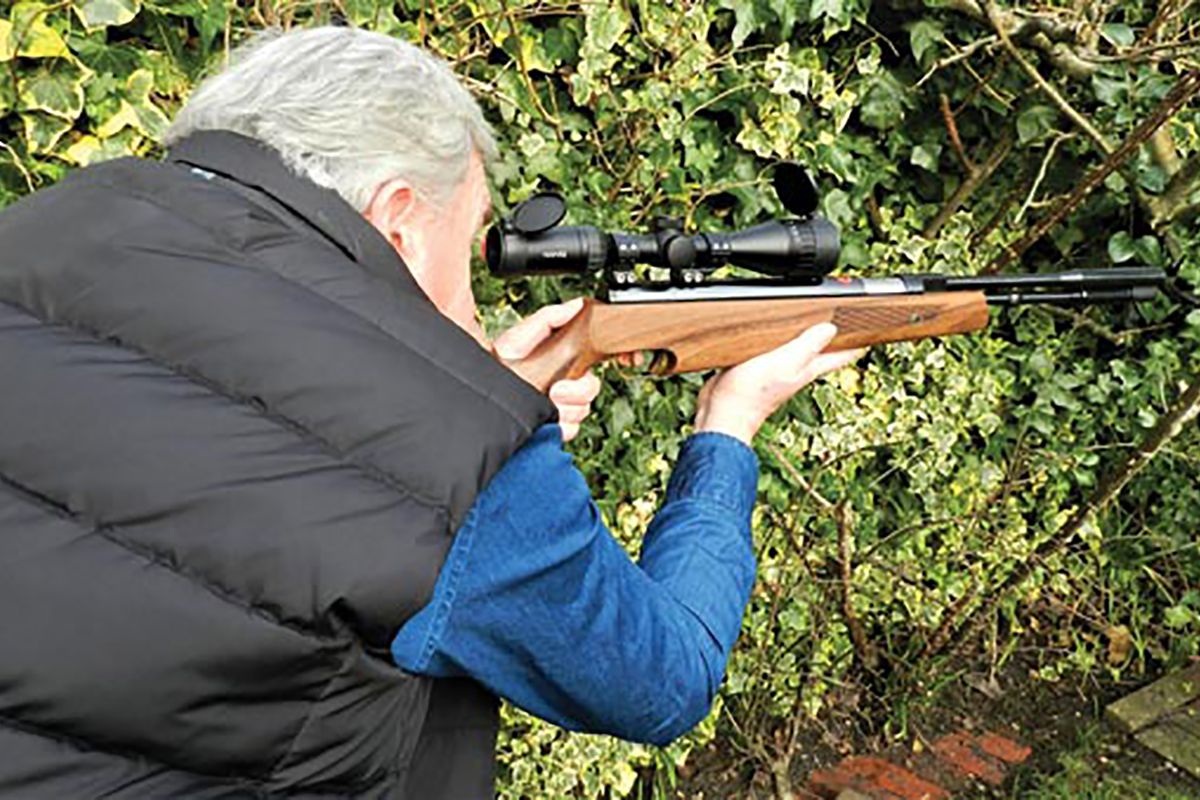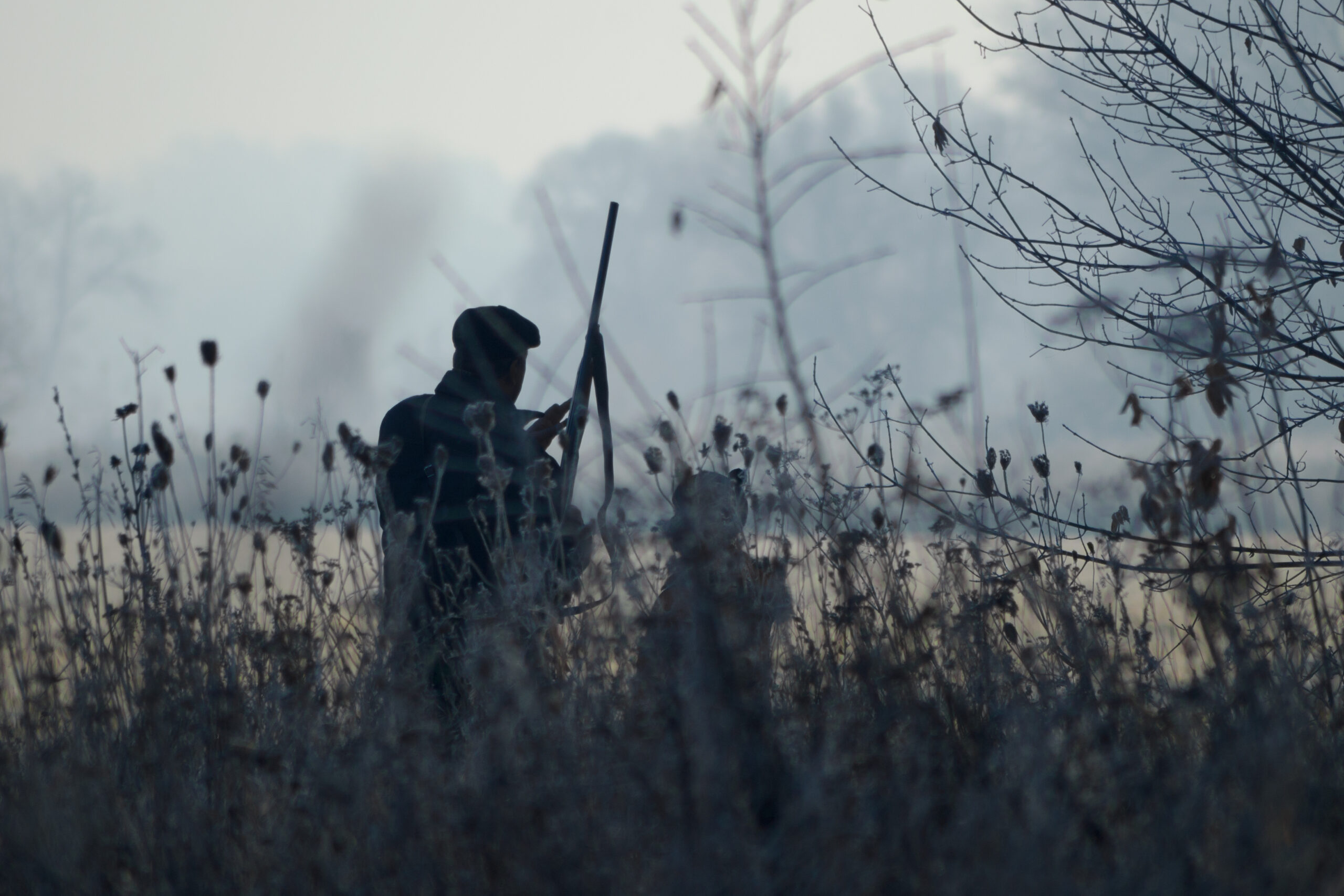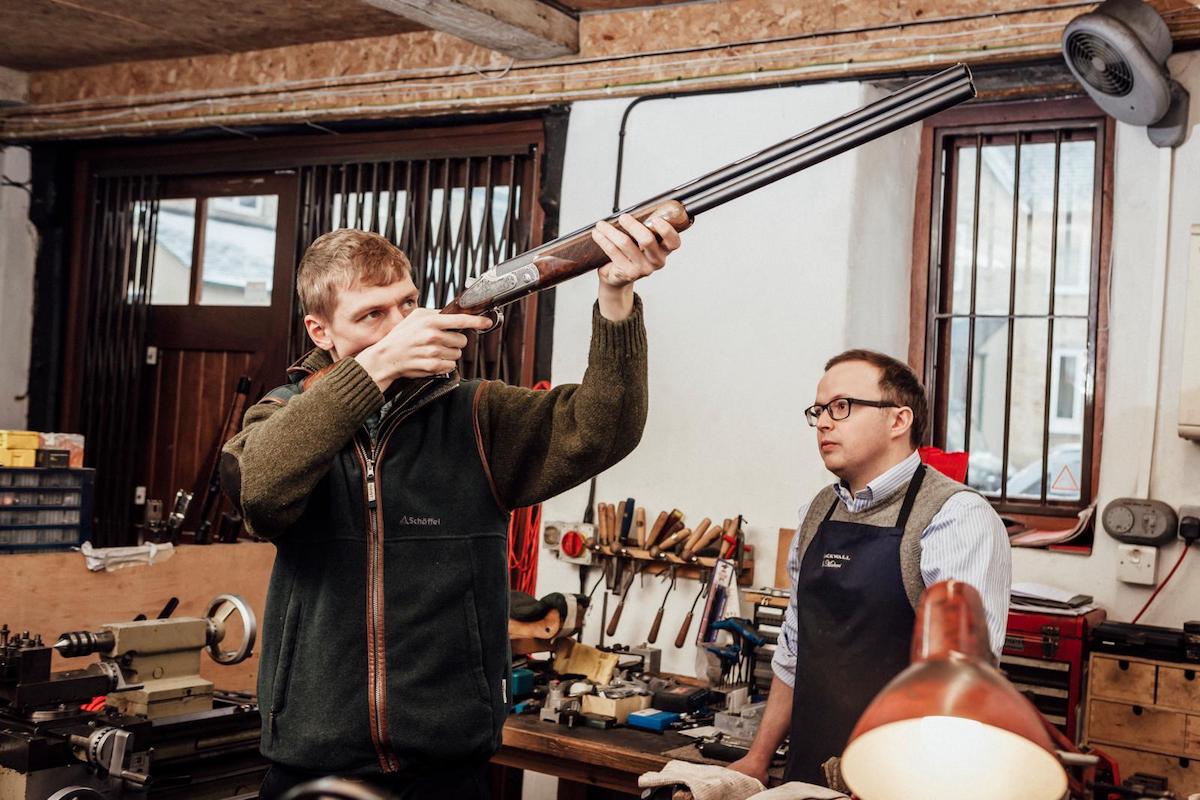How to tune your springer airgun
Andy McLachlan finds that researching and commissioning a tune-up for his spring-powered rifle pays huge dividends

Having fitted a set of Delrin spring guides and a V-Mach piston seal to my Weihrauch HW 97K springer, you might remember from the last issue that I was still disappointed with the level of accuracy I was managing from the gun.
This turned out to be nothing to do with the HW 97, but was solely my fault for not trying a wider selection of non-JSB-manufactured pellets. I was still unaware of this issue as my friend Dave Pilkington and I discussed the various ‘proper’ spring gun tuning options currently available.
There is a big difference between the fitment of a drop-in set of spring guides, a new mainspring and a genuine tune from a specialist. The specialist will ensure that all the replaced components work in genuine harmony together, and that the performance of the gun’s action is fully maximised to suit the requirements of the individual shooter.
This might mean a gun developing significantly less than the close to 12ft-lb allowed from the powerplant: many springers shoot significantly better at power levels between 10 and 11ft-lb. This will manifest in an action developing much reduced recoil and a smoother, stress-free release of the shot.
Rusty bin
I can remember the late 1970s, when many of us fitted python-like mainsprings into our springers, as we all thought that this would result in a gun that would out-power everybody else’s. None of us had chronographs either.
The test for power my friends and I used was the ‘rusty bin’ method. This involved shooting the python-springed gun at the bin to gauge the penetration of our .22 pellets. If the gun managed both sides, you truly had a rifle to be proud of.

The new gun after Paul had worked his magic, ready for zeroing at the Leigh indoor range
None of us considered that the resultant awful and totally violent firing cycle not only spoiled any shooting enjoyment, but also ruined the accuracy due to the over-sprung gun’s ability to jump like a kangaroo when a shot was released. This resulted in many rabbits living long and fulfilled lives, as our ability to reduce their numbers was significantly reduced.
Eventually we realised that the enjoyment of shooting our springer rifles had been adversely affected, and we all ended up refitting the original mainsprings so that we could manage some accurate shooting once more.
This was a lesson that would not be forgotten as time progressed. With air rifle shooting, it is all about the ability of the chosen gun to place the relatively feeble pellet precisely where the shooter is aiming.
If used in the field, and as we all discovered nearly 40 years ago, accuracy is the most important consideration bar none. When we did eventually discover an establishment with a chronoscope, we were shocked to discover that the most successful hunter amongst us had been using his Weihrauch HW 35 at a muzzle energy of 9ft-lb for years.
Most of our guns hovered around the 10 to 11ft-lb mark – apart from the Feinwerkbau Sports, Weihrauch HW 80s and Original 45s, which tended to produce levels sometimes very close to the 12ft-lb legal limit. Still, our eyes had been well and truly opened to how important a smooth shot cycle was to deliver the best levels of accuracy.
Transformed
Those readers who have yet to shoot a professionally tuned spring-powered rifle have a treat in store!
If your only spring shooting to date has been with an old and unloved rifle that has seen far better days, or a newer gun that has not really got away from its ‘twangy’ nature, the transformation that occurs once the internals have been properly modified makes that old dog seem like a race-tuned machine that ticks over perfectly and spits out its preferred diet of pellets with sometimes unbelievable levels of accuracy. Even more importantly, the transformed gun will be a genuine pleasure to shoot. (Read more here on how to improve your airgun accuracy).

There is a big difference between the fitment of a drop-in set of spring guides, a new mainspring and a genuine tune from a specialist
Many readers will be aware of the famous Venom products that helped transform the performance of many spring-powered rifles during the late 1970 and through to the mid-2000s.
This company, and others such as Airmasters, basically took a bog-standard air rifle and turned it into something of great beauty (if you are sad like me), and transformed the gun’s performance to truly amazing levels.
This allowed the users of these guns to run amok during the formative years of competitive outdoor target shooting, as the shot cycle of their guns allowed for far higher standards of achievable accuracy.
They were also far more enjoyable to shoot than any of the standard spring guns available at the time. As in all things of quality, though, these things tend to come at a price, and many of us could not afford the significant outlay of cash at the time.
I would eventually go on to commission myself a Venom HW 80 Lazahunter 14 years ago. Even then, it cost a significant amount of cash, but I saved up and was beside myself with excitement when I went to pick the gun up four months later from what was then the Venom retail outlet at the Webley factory in the West Midlands.
I was not disappointed with its performance, and have used the gun since then to great effect as both a hunting and occasional target rifle. I am so familiar with the tuned rifle that I can almost ‘think’ away the shot, and it remains my all-time favourite gun to shoot.
Considering the future fate of our HW 97s, Dave and I spent a few days researching the various full spring gun tunes that are currently available. Having compared notes, we decided to engage the services of Paul Short (gamekeeper43@hotmail.com).
Paul is not as widely known as many of the more established options, but comments from many happy customers regarding the service, high standards of engineering quality and swift turnaround reassured us that this was the right decision.
In Tune
Paul offers two levels of tune for the HW 97. The first option involves the remanufacturing of the standard Weihrauch piston to include the fitment of Delrin piston rings, a new Australian-manufactured piston seal, and Delrin spring guides fitted individually to the new Titan mainspring.
The option we chose was more radical. This involves Paul manufacturing a new piston from titanium, opening the transfer port and the fitting of everything described earlier.
This also includes a rear metal spring guide, which has been engineered into the trigger block that winds into the compression chamber. We also elected for an additional bit of bling, and asked Paul to ‘jewel’ our compression cylinders at extra cost.

The gun’s new powerplant, including a titanium piston and a rear spring guide
All that remained was for us to drop off the two guns at Paul’s Grantham workshop, and to wait a couple of weeks for the completed guns’ actions to be returned to us by mail.
As you can imagine, we were both keen to get these highly tuned actions shooting as soon as possible. Paul forwarded progress reports as he worked through our two guns, and we also received images to support this.
This included an image of a 30-shot grouping shot by Paul during testing from the gun indicating its preferred pellet. Remember my problems with trying to get a good group?
Paul confirmed that my own gun did not like any JSB brand, but shot brilliantly with H&N Field Target Trophy. A lesson learned for me there, I think!
Two weeks to the day, our guns arrived, and it didn’t take Dave and me long to refit the stocks and get into some serious accuracy testing. The first noticeable thing when firing the gun was the very fast shot cycle and seriously reduced recoil.
This is no doubt due to the titanium piston, which reduces the weight of the forward moving mass by about a third. In combination with the Titan mainspring and additional preload, this results in an increase in piston acceleration and produces a very swift shot release that allows you to track the flight of the pellet to target – not something that is possible to achieve with the majority of off-the-shelf spring guns.
I had also ordered a Custom Stocks (www.customstock.co.uk) CS 500 walnut stock for my 97, to which I attached a Bisley adjustable butt pad rather than one of Custom Stocks’ own, which is optional.
As I intend to use the gun for competition work, I also asked our own Rivington club’s resident airgun engineer, Jim Edge, to make me a phosphor bronze trigger blade that includes two grub screw adjusters (much the same as that adopted by Air Arms for their CD trigger unit).
This allows even more adjustability to the excellent Weihrauch Rekord trigger assembly, and allowed me to input a perfect trigger release for my own preference.
Result!
I am delighted with the outcome and can confirm that the revised 97 action is a joy to shoot and supremely accurate with the FTT pellets.

The first noticeable thing when firing the gun was the very fast shot cycle and seriously reduced recoil
Interestingly, Dave’s modified gun still prefers its diet of JSBs, and confirms how important it is to try pellets from different manufacturers before settling on the gun’s best pellet.
It really is down to which brand your own gun barrel prefers. Just because you usually enjoy good results with a particular brand in all the other guns you use, doesn’t mean that any new gun will be the same!








